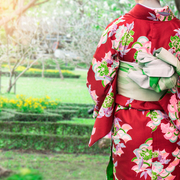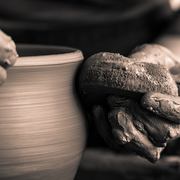Before talking about lacquerware, it would be good to know about Urushi (lacquer) itself first.
The plant of lacquer is called as “sumac”, which is a deciduous tall tree inhabiting in Japan, China and Southeast Asia.
Scratching a sumac tree produces milk-white colored sap.
This sap is “lacquer”.
The amount of lacquer extracted from one tree is around 150-200g per season, which means it is very valuable.

Extracted lacquer itself can be used after removing tree skin and wastes, and also it is sometimes processed by heating to adjust the amount of moisture and coloring with iron powder and pigments.
Goods painted the processed lacquer on the wooden or paper surface are generally called as lacquerware.
The letters of lacquerware in Japanese show “lacquer vessels”, which may give you the impression that lacquerware refers to vessels only, but actually it includes not only vessels but also various goods lacquered in general, such as chopsticks, chopstick rests, smartphone cases.
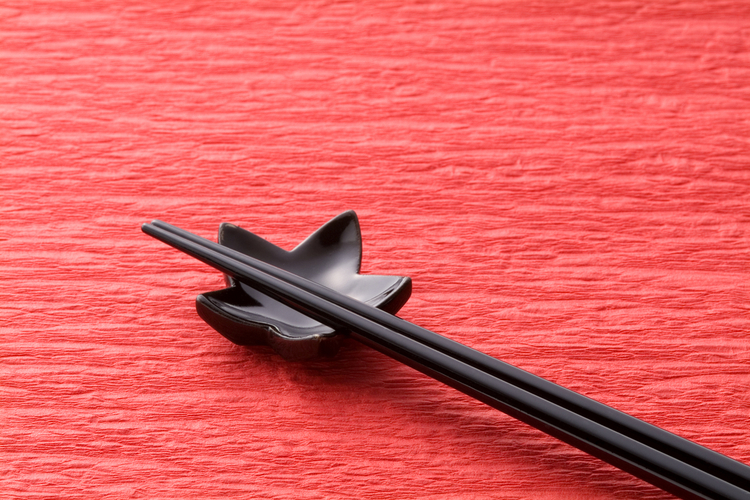
What kind of characteristics does lacquerware have compared with ceramics?
Characteristics of Lacquerware (Merits)
D urability
Lacquer gains robustness once it is dried.
By coating by lacquer repeatedly, lacquerware gets more robust, which keeps it crack-proof and chip-proof.
That is why it is often chosen at occasions like wedding and celebration.
Moreover, even it has a chip, it can be repaired. (Wooden-made only)
W ater-Resistant
Dried lacquer is water resistant.
H eat Insulation (Heat Retaining)
It will not happen with lacquerware that It gets too hot to hold even with boiling soup in it.
In addition, with its heat retaining function, it keeps meals warm and in the good condition to serve.
A ntiseptic
Lacquer has antiseptic function, which, in old days, made monks drink up lacquer to have preservative treatment on organs to reach to self-made mummy (Sokushinbutsu)…
A ntibacterial
According to College of Environment and Architecture, Kanazawa Institute of Technology, the studies discovers that Escherichia coli adhered to lacquerware die out almost within 24 hours.
Beside the above, there are many charms such as light touch to mouth, eco-friendly materials (wooden-made).
Characteristics of Lacquerware (Demerits)
1. Fragile under extreme changes of temperature, drying, and humidity
It cannot be put in a refrigerator, a microwave or a dishwasher.
2. Sensitive surface
Metallic folks and spoons and coarse kitchen sponges will scratch or peel off a surface.
(Having said that, its bald spot and scratch can be repaired.)
It needs extra cares to handle, but as mentioned as its merits, wooden-made lacquerware can be repaired!
The “DON'T”s stated above do not always happen, but it would be better to follow to maintain it for long.
With some knowledge about its demerits, everyone can use it easily.
It is suitable for small children to use with its durability and soft touch!
Lacquerware can fit to your life in various uses.
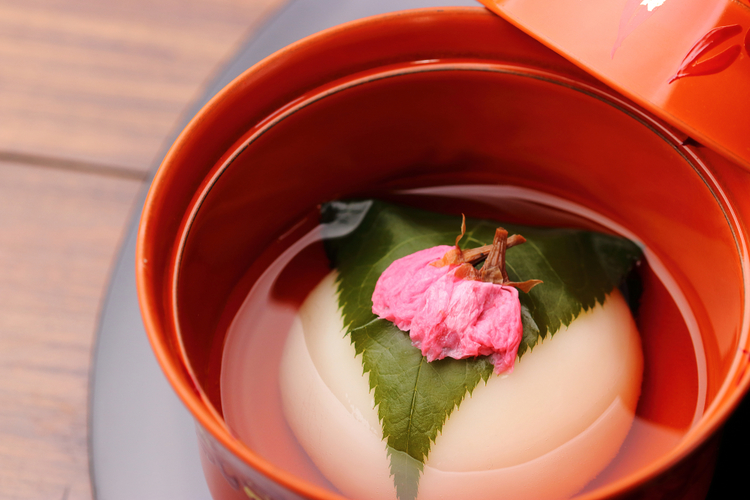
Representative Lacquerware
N akayama Lacquerware

The lacquerware with wooden pattern of Ishikawa.
The beauty of the grain of wood attracts your eyes.
You can enjoy its unique pattern of the grain of wood.
E chizen Lacquerware
Echizen lacquer is produced in Fukui, where is well-known for the oldest production area of lacquer in Japan.
Echizen lacquer is said to have its origin in the black lacquered bowl dedicated to Emperor Keitai, which the Emperor was deeply impressed with its beautiful sheen to promote it, in the Asuka period.
A izu Lacquerware

In the Azuchi-Momoyama period(1568-1603), the lord of the Aizu domain in Fukushima, promoted lacquerware as its local industry, which led the beginning of Aizu lacquerware.
Ujisato Gamo, the lord, brought lacquerware craftsmen over from Hino, Shiga-ken, which had been of his domain, to develop it by taking the state-of-art techniques at that time.
Its technique has been actively developed.
K isyu Lacqureware
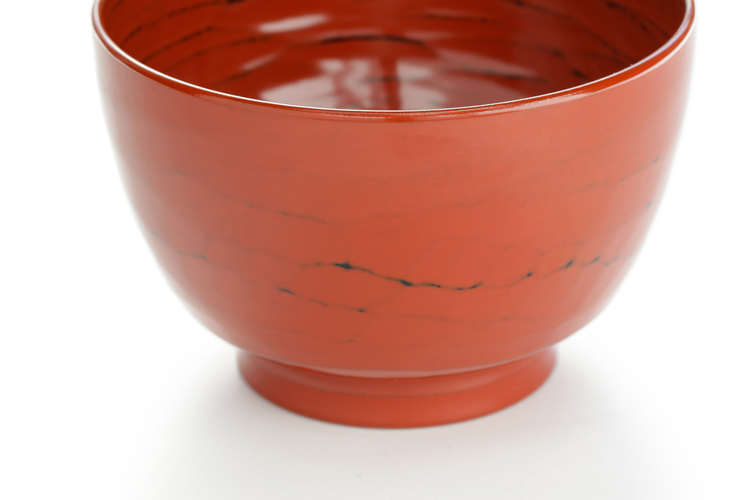
This lacquerware has been produced in Wakayama, where is well-known for Kisyu Nankobai plums.
It is the lacquerware made with the technique of Negoro coating.
It is said that the name of Nagoro coating came from the fact that monks at Negoro-ji Temple, made it for their own use.
It is coated with red lacquer over the black one, which is one of the characteristics.
It is also famous that it used synthetic resins first after the WWⅡ.
K awatsura Lacquerware
It has many daily use goods such as bowls, produced in Akita.
It uses not only lacquer but also sour persimmons for the basis of lacquerware, which makes it cheap and accessible to ordinary people.




